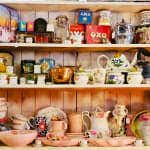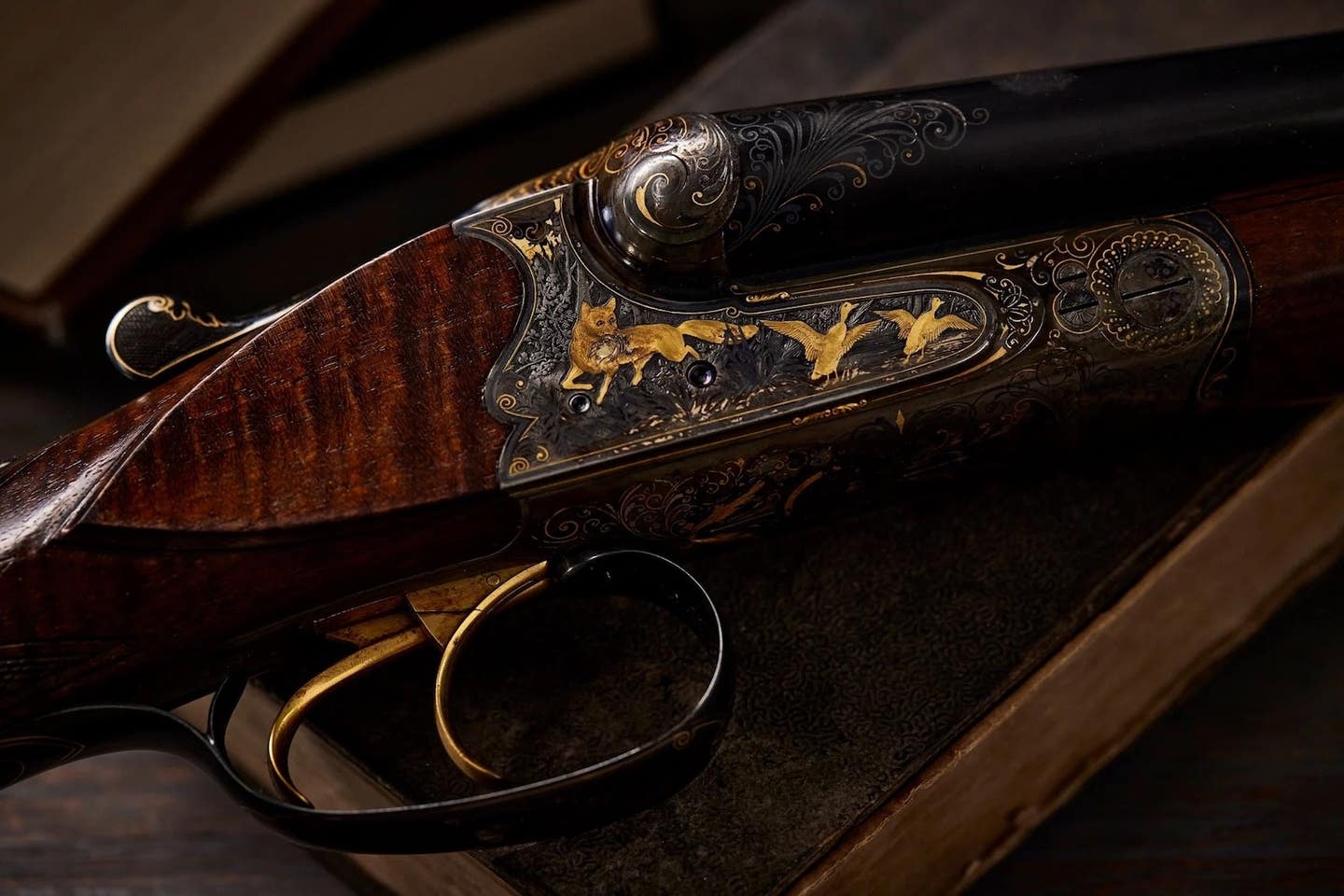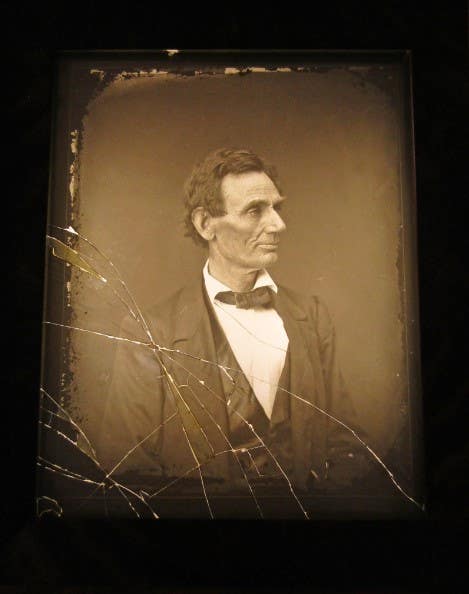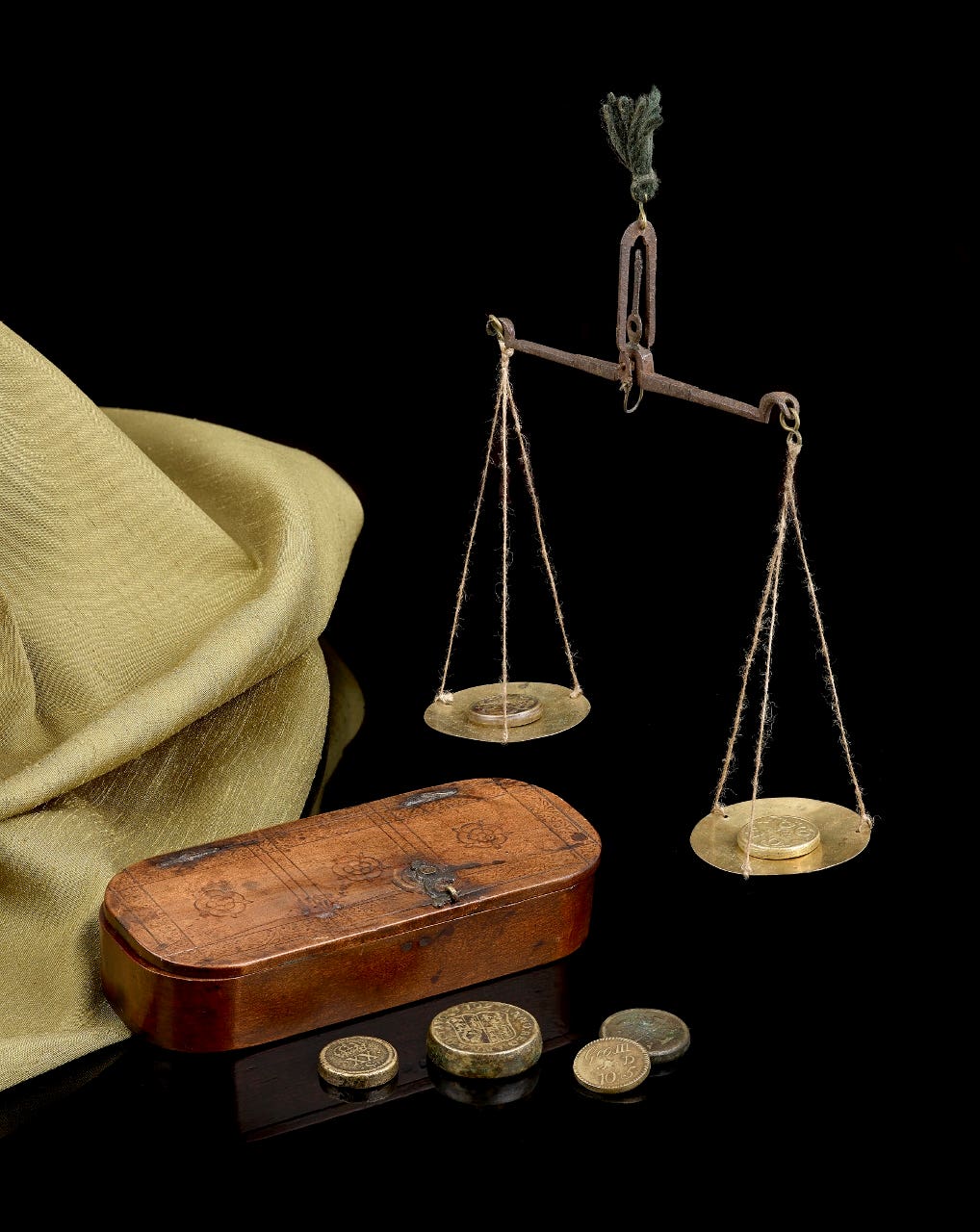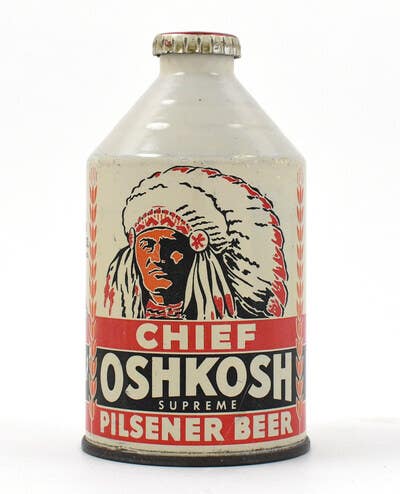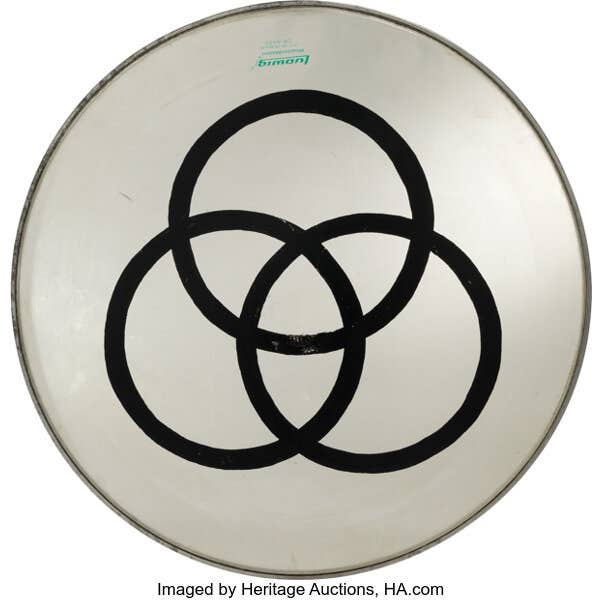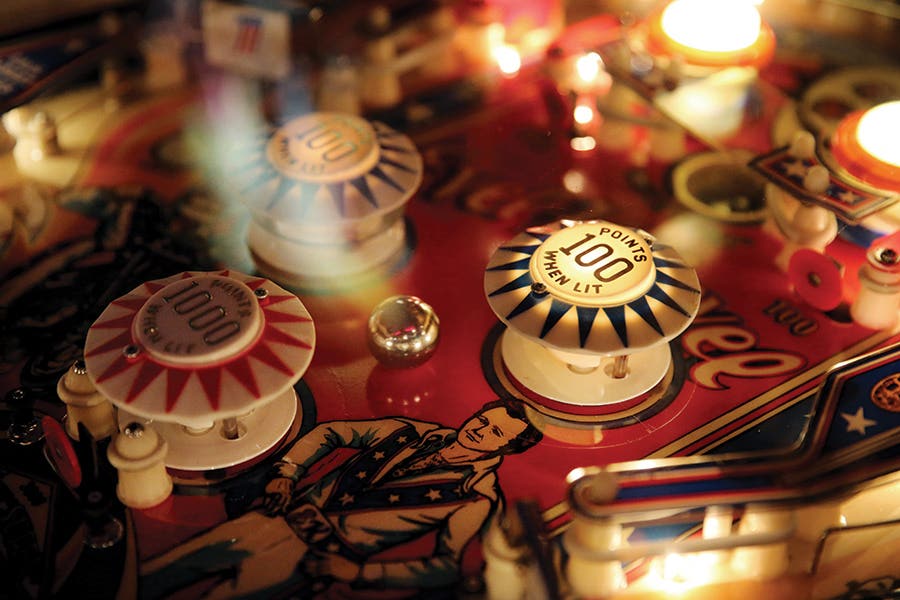Classic Kitsch is Back!
Colorful, campy and oodles of fun, Mid-Century kitsch, from spaghetti poodles to bluebird-themed housewares, is more popular than ever. Yasmina Greco explains the importance of looking back while moving forward.
There’s something utterly charming about the colorfully whimsical collectibles made during the post-World War II Era. For Yasmina Greco of San Francisco, her passion for these objects has helped spark a lifestyle devoted to throwback fashions and designs. For her, mid-century is a crucial aspect of her modern life.
A lifestyle blogger, she classifies herself as a crusader for confidence, positivity and curvy fashion. Born in Europe on the Mediterranean, Greco blends her international roots with classic, curve-friendly styles that have a vintage flair. Her home is also replete with kitschy collectibles such as spaghetti poodles, bluebird-themed housewares and mermaid/fish wall plaques and figurines. She also has experience buying and selling collectibles on eBay and Etsy.
“I always dabbled in vintage collectibles, but it was when my husband Gary and I moved cross-country from Oregon to Texas for work in 2005, and he would have to travel most of the week, that I found myself alone in a new city without many friends and I needed a hobby,” Greco says. “I stopped into an antique mall called Lone Star Antiques (it was huge, over 60,000 square feet, had a lovely tea shop and restaurant) and over 200 booths with so much to look through that I got hooked.
“Seeing all these amazing antiques and collectible treasures from ephemera, Majolica, furniture, artwork, portrait miniatures, kitchenalia, and jewelry, to collectibles like figurines and vintage clothing, just spoke to me and a collector was born.”
Upon moving to California, she got interested in pinup fashion. She runs the blog “Pinup & Curvy Girl Style with a Retro Twist” at www.crazy4me.com.
While kitsch is sometimes classified as a form of art considered inferior or gaudy compared to highbrow works, the sentimental connection collectors have with these pieces is undeniable.
“These items made people happy in the 1950s and 1960s and they continue to make people happy today with their bright colors, cute faces, charming expressions, and they add a touch of whimsy to any room,” Greco explains. “People also like the sense of nostalgia these items evoke: they were usually seen on popular television shows and remind folks of relatives and the good old days of yesteryear.”
Noted antiques appraiser Dr. Lori Verderame said it was a combination of globalization and popular culture that made spaghetti poodles fashionable.
“I believe Hollywood had an impact on the collectible spaghetti poodle craze. Elizabeth Taylor owned a pet poodle in 1955 and Audrey Hepburn appeared with two poodles at a photo shoot for her movie, Sabrina, in 1954,” Verderame notes. “In the postwar era, a spaghetti poodle referenced a new age as expressed by its international symbolism. After World War II, there was a feeling that Americans were part of a larger global society. What was collected during that period spoke to that new modern age, new international vision.”
Verderame says spaghetti poodle figurines spoke of an interest in the upper echelon of society — a desire to cultivate a high style of home accessories.
“Atop many a new mid-century modern television set, there sat a family of white, pink, gray, or very rarely, yellow spaghetti poodles. Spaghetti poodles were figurines for the living room or dining room — the rooms where company was received. They were not just any mid-century modern figurine like Hummel children figures popular in the late 1940s,” Verderame. “Spaghetti poodles were special for their unique form and sculptural artistry. A collector could recognize the artisan’s workmanship and creativity in the individually formed strings of ceramic ‘spaghetti.’ An interested collector could recognize the subtle differences between the American, Italian or Japanese manufactured versions of the art form.”
Greco’s favorite spaghetti poodles were made by Norcrest, Napco and Lefton.
“They scream 1950s kitsch with their cat-eye glasses, rhinestone details and pink and turquoise blue colors,” she says.
Textured fur of spaghetti poodles, also called noodle poodles, was made by pressing wet ceramic through tea strainers (when they were manufactured in Japan) and with the clay then clumped onto the body of the poodle. In some instances, a gold shimmer was lightly applied overtop the clay fur.
In addition to charming figurines, spaghetti poodles were also made in the form of vases, planters, lipstick holders and pincushion/scissor holders. Some came as sets, such as mother poodles leashed with her puppies. Dogs also could be found playing musical instruments or reading a newspaper. Varieties with hats, bonnets, bows, ribbons, eyewear and jeweled collars can increase the price tag, especially when the adornments are intact.
“Prices are starting to climb for spaghetti poodles and you can expect to pay $45 plus for a figurine today,” Greco notes. “Some unscrupulous sellers may not disclose the item has damage and put the price tag around the damaged area so you cannot see it. Also, make sure rhinestones are intact and not missing.”
Verderame, who appraises approximately 20,000 objects every year in public events nationwide (for museums and private collectors), says she looks for several characteristics when evaluating mid-century modern ceramic collectibles.
“Condition is key because those delicate spaghetti clay elements can be easily damaged. I look for rare colors of the clay like yellow, mustard or gray,” she says. “White, pink and black are more commonly found. I admire and value a distinctive sculptural form, which I can recognize as loose or tight poodle curls, and if a collector has been able to acquire sets of complete spaghetti poodle family groups with chains intact; those collectibles are worth more.”
Vintage bluebirds from the 1950s, made my Lefton and Norcrest, enchant Greco. They come in the form of teapots, plates and bowls, wall plaques, sugar and creamers, mugs, tea bag holders, butter dishes, salt and pepper shakers, money banks, planters and night lights.
“The Norcrest bluebirds are my favorites — I can’t resist their sweet faces, big eyes and long eyelashes, and these cuties truly put a smile on my face everyday,” Greco states. “Vintage bluebirds are highly sought after and collectible with prices ranging from $125 plus for salt and pepper shakers to $350 plus for a butter dish or teapot.”
Verderame notes that the American-made, bright-eyed and “painfully cute Lefton bluebirds” typically were kept in the kitchen, “only suitable for the shelf over the sink or the space atop the Hoosier cabinet near the Frigidaire.”
Greco says when it comes to vintage bluebirds, use caution when handling the wings and beaks.
“Feel the item with your fingers; it can take a little time to develop the technique but if you feel chips, dips, dings, or scratches then look closer as the item may have been repaired or colored in to hide any damage. Sellers should disclose this, but they don’t always,” she notes.
Greco also has an impressive collection of vintage mermaid figurines and fish wall plaques, dating to the 1940s and 1950s. Ladies could purchase these at the local five and dime store and at souvenir shops. Typically displayed in the bathroom, these pieces give any space a welcoming, tropical vibe. Norcrest, Lefton, Napco, Ceramicraft, Bradley, Freeman-McFarlin, DeForest and Joty are some of the makers she possesses.
“Vintage mermaids are highly collectible today and are very rare, so be prepared to spend $150 plus on just a single mermaid,” Greco says. “Of course, condition is everything when it comes to vintage collectibles and mint condition or near mint condition commands higher prices. If the mermaid comes in pairs (2-3 mermaids) or has the original box, the price skyrockets to $350 plus.”
Mermaids can be found with blonde hair, red hair and as brunettes. They come with bubbles, parasols and hand mirrors, sometimes hitching a ride on a dolphin or seahorse or taking a nap on a starfish. Lime green, blue, red, yellow, teal and gray are some of the colors in which the tailfins were painted. Merboys (male mermaids) are particularly hard to find, especially the ones made in Germany. Collectors also enjoy finding mermaid vases, planters, mugs and cups. Japanese varieties typically bear a stamp. Some rare pieces will not have any labels or markings.
“Really do your research, because today there are folks reproducing vintage mermaids from old or original molds and although an experienced collector can spot the difference between an original and a reproduction, not many newbies can,” Greco says. “Also, the seller doesn’t always call out that the item is a reproduction so always ask when it was made, who made it and how old is it. If you don’t get answers, then walk away.”
Since vintage mermaids were displayed on bathroom walls, potential buyers should check the backs for damage. Mermaid tails, hands and hair are prone to cracks and chips.
You can enjoy classic kitsch for years but don’t pay high prices for finds better suited for the trash bin than your shelf, table or wall. A discerning eye comes with experience. Your pocketbook will thank you.
For more information about Dr. Lori Verderame, visit: www.DrLoriV.com. Greco may be reached at her website at www.crazy4me.com and via Instagram: www.instagram.com/crazy4me.


